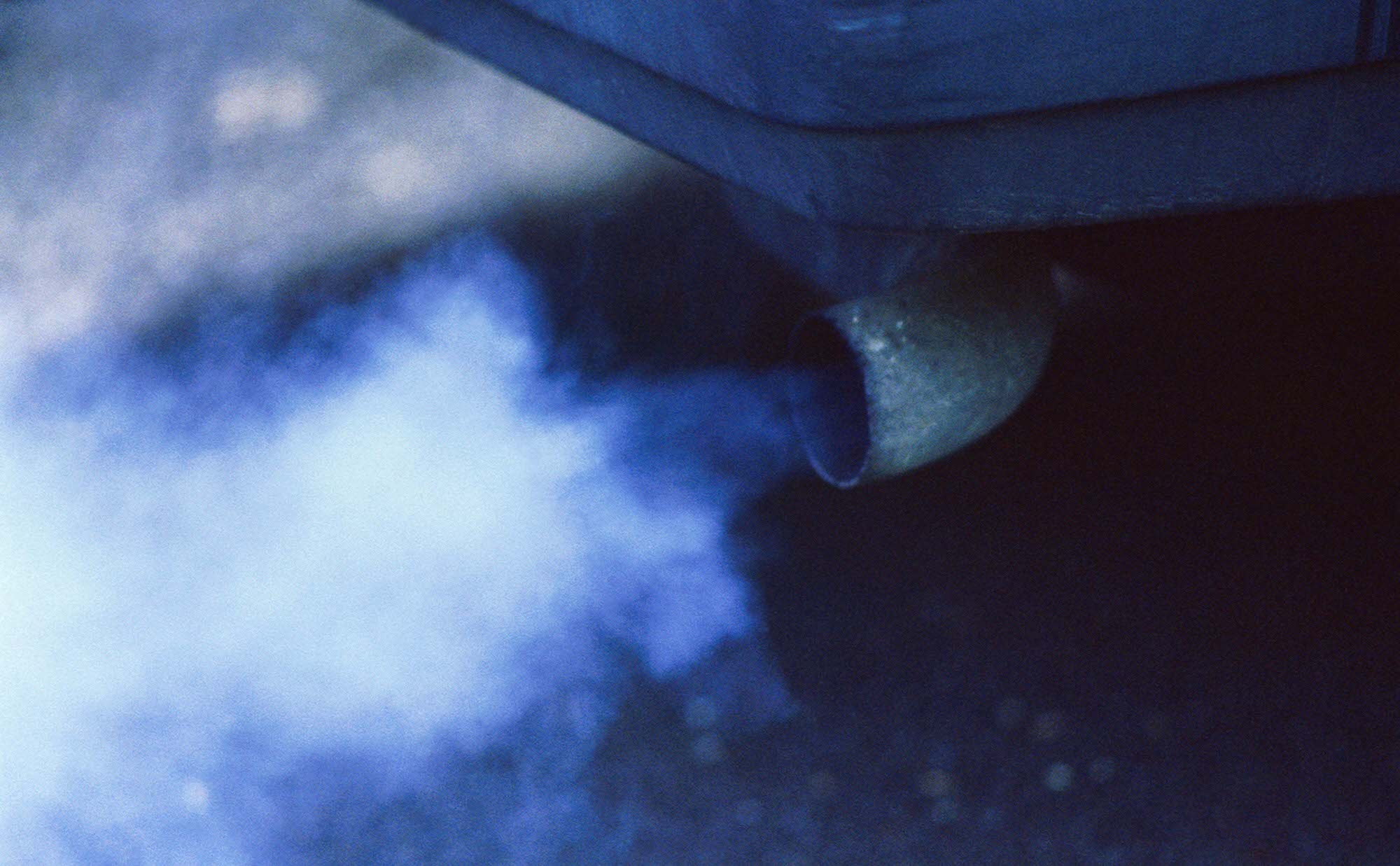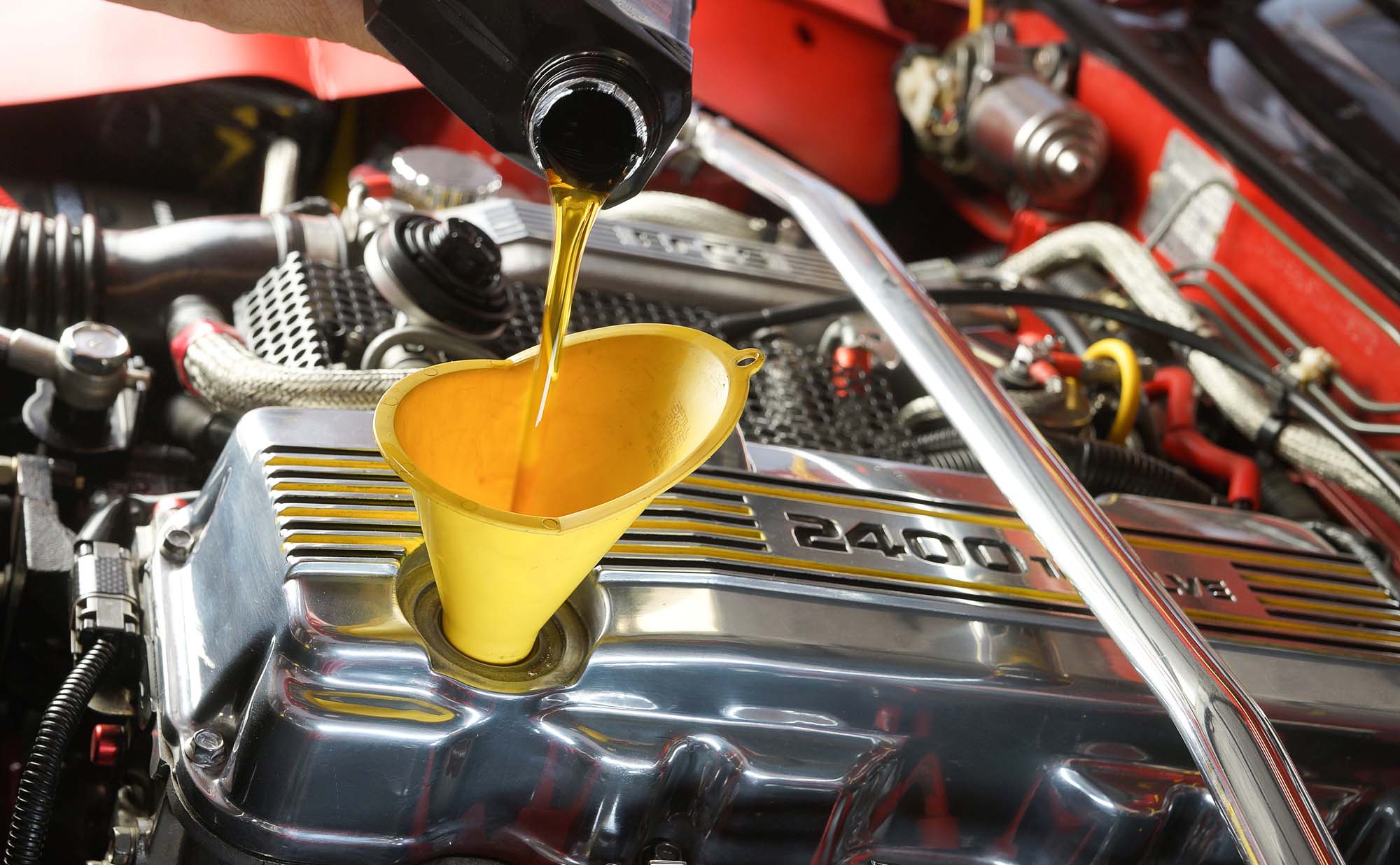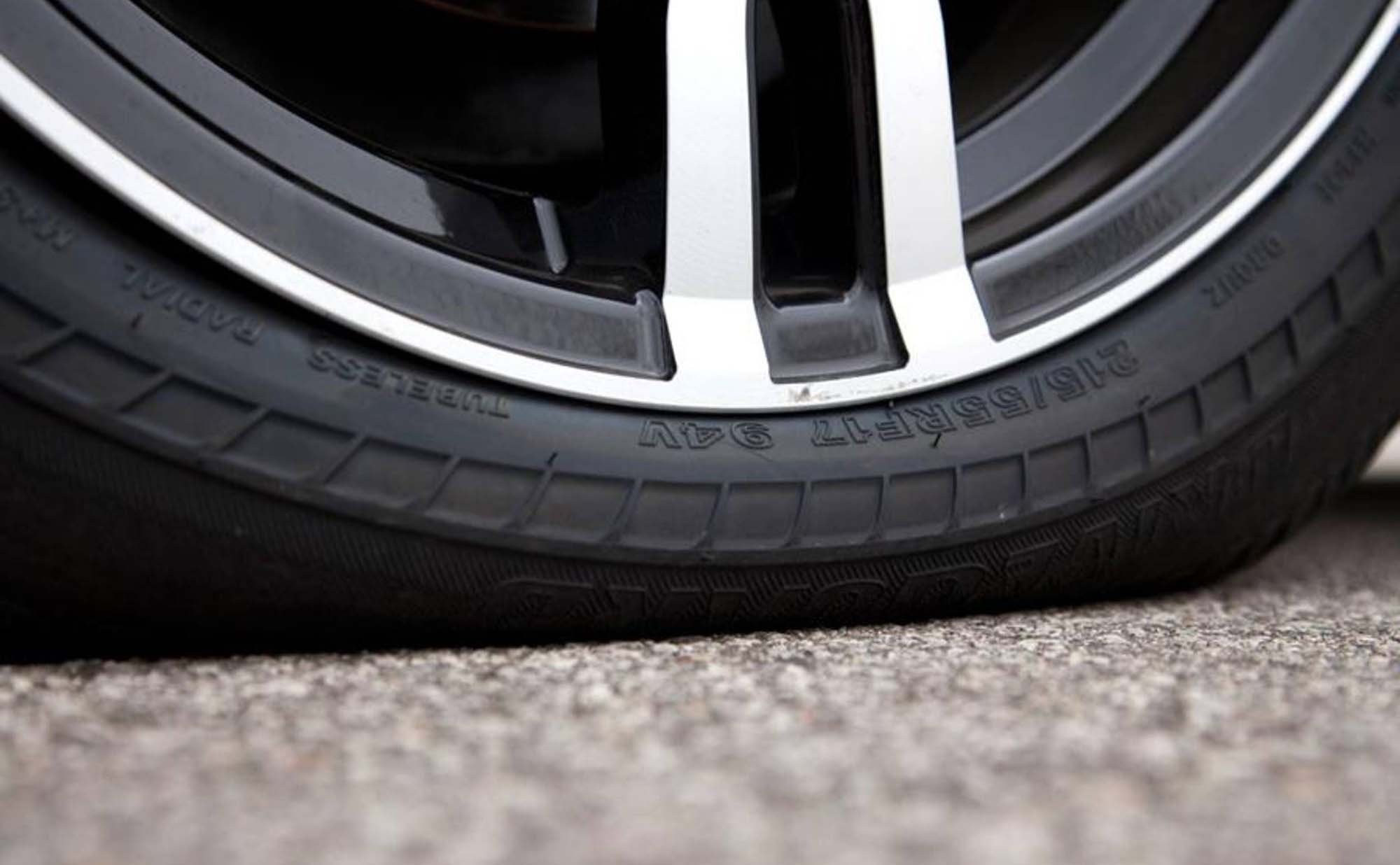In this post, we investigate whether oil additives deliver on their big promises. Here is a summary of what we know and think about oil additives.
A car’s exhaust can tell you a lot about the state of your vehicle (and about its impact on the environment). Things can be running seemingly fine everywhere else, but smoke from the exhaust can tell a whole other story. Different-coloured exhaust smoke is one of the biggest signs that you have a problem somewhere, but which colour relates to what problem and what exactly should you do about it? This 3-part blog series is going to be about the causes and remedies of white, blue, and black smoke from your engine exhaust. Today we take a look at blue smoke, what it means, and how to fix it.
Blue Smoke
Blue smoke is a classic sign that oil is being burnt in the engine, which means there is an oil leak. This could be due to a reduction in the lubrication of moving parts of the engine. Over time, as a result of this, the seals can wear out and need replacing in order to stop further leaking. As engine oil is leaking past engine seals and into the cylinders where it then mixes and burns with the fuel, it creates a tremendous amount of blue smoke. This is most frequently seen in older or high-mileage cars with worn seals and gaskets. It only requires a very small amount of oil leaking into the cylinders to cause excessive blue exhaust smoke. Blue exhaust smoke during start-up can indicate worn piston seals or damaged or worn valve guides which may also cause a rattling noise. An external engine oil leak can drip onto a hot engine and exhaust parts causing what appears to be blue exhaust smoke. Other possible causes of blue exhaust smoke include piston wear, worn valve seals, a dirty or non-functioning PCV valve, worn piston rings, an intake manifold gasket leak, worn engine oil seals, and possibly even head gasket failure.
What to Look For
You may be experiencing oil leaking into the cylinders when you notice a rough idle, misfires, and low oil levels. In addition, a reduction in power and oil loss can be indicators that the blue exhaust smoke is caused by an internal engine oil leak. Internal engine oil leaks can also allow fuel to mix with the oil in the crankcase which will degrade the oil and prevent it from adequately protecting the engine. Operating a car with a severely dirty oil filter, air filter, or improperly functioning PCV valve can also sometimes result in engine oil blow-by, oil loss and blue exhaust smoke. Periodically checking the engine oil level with the oil dipstick will indicate if there is excessive oil consumption. Higher viscosity engine oil can sometimes temporarily reduce the amount of blow-by; however, this is not generally recommended. Excessive blue exhaust smoke indicates a possible internal engine oil leak that should be inspected by a certified mechanic.
Who to Call
Are you having excessive blue smoke from your vehicle? Maybe a rough idle and misfiring engine? Be in touch anytime, we are happy to help you diagnose it.




